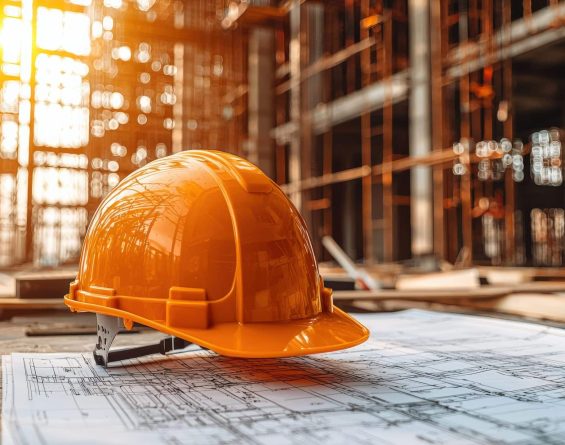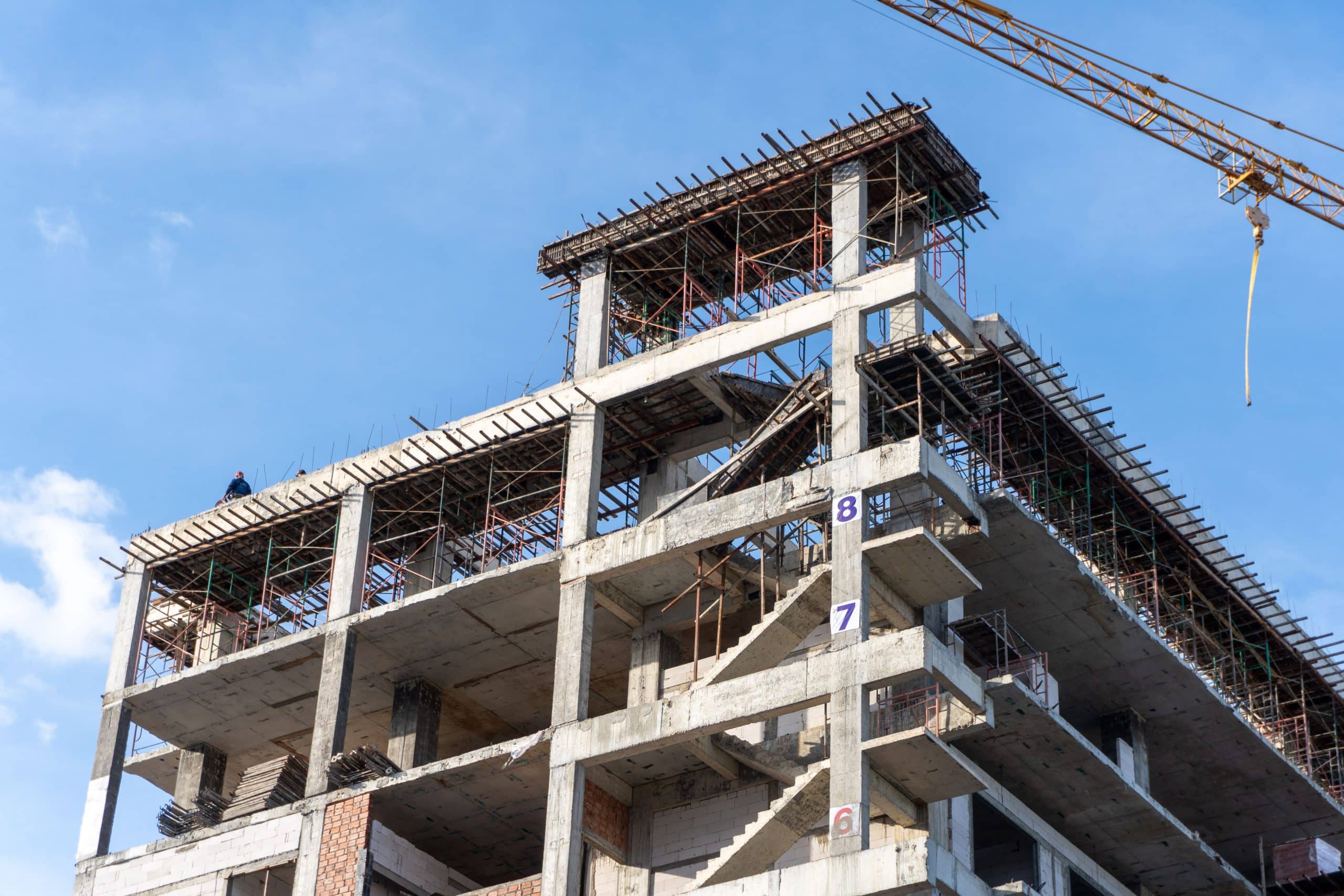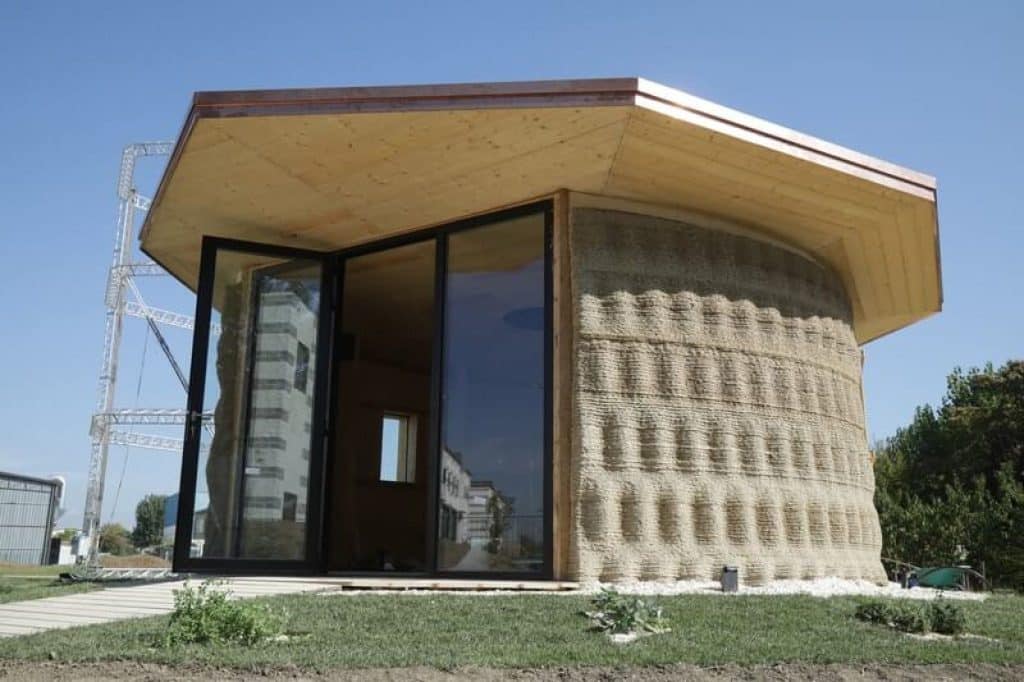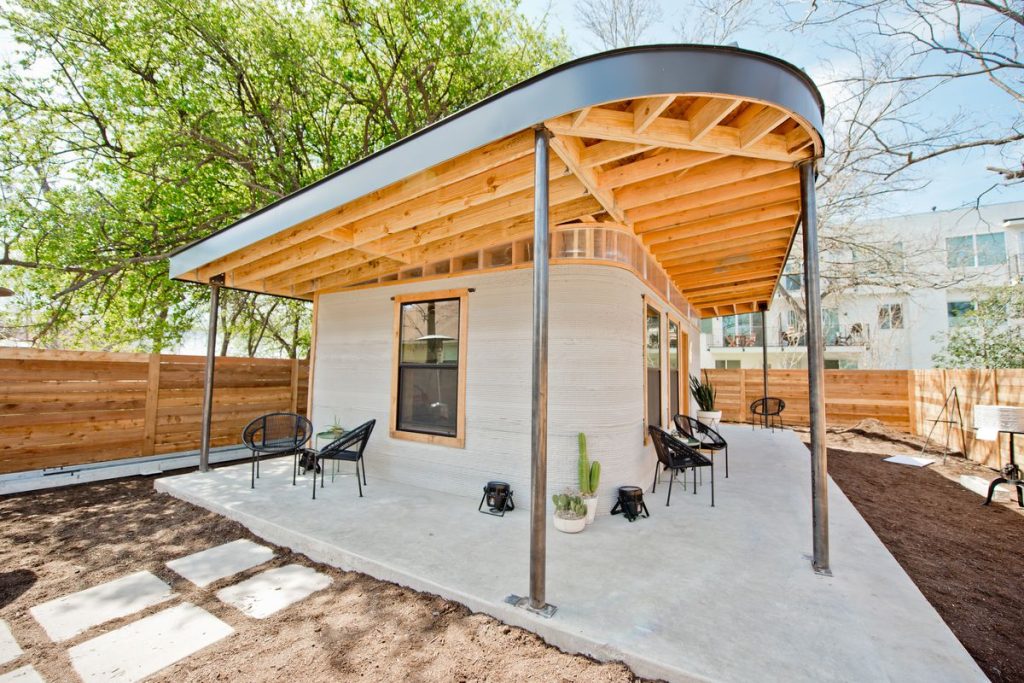Balancing Collaboration and Accountability: How Construction Administration Protects Healthcare Projects in the Nation’s Most Complex Environments
December 15, 2025


In the ever-evolving field of structural engineering, new technologies are constantly reshaping the way we design, construct, and maintain buildings and infrastructure. Among the most groundbreaking advancements is 3D printing, which has rapidly evolved from a niche prototyping tool to a transformative force in large-scale construction. By enabling the precise, automated layering of materials, 3D printing is revolutionizing structural engineering in three key ways: enhancing design freedom, improving sustainability, and increasing efficiency in construction.
Enhancing Design Freedom
Traditional structural engineering has always been constrained by the limitations of manual construction methods and standardized materials. Complex architectural designs often require costly formwork, extensive labor, and lengthy timelines to execute. 3D printing, however, offers an unprecedented level of design flexibility by allowing engineers and architects to create complex geometries that would otherwise be impossible—or prohibitively expensive—using conventional techniques.
For example, organic, nature-inspired structures that maximize strength while minimizing material use can be seamlessly realized with 3D printing. Engineers can now design curved, lattice, or biomimetic structures that enhance both aesthetics and functionality without the constraints of traditional formwork. Additionally, parametric design tools, combined with 3D printing, allow for real-time adjustments to structures based on environmental factors like wind loads, seismic activity, and material stress distribution.
A striking example is the Gaia House, a 3D-printed, eco-friendly home in Italy made from locally sourced soil. This structure demonstrates how additive manufacturing enables customized, site-specific designs that are not only aesthetically unique but also structurally optimized for the surrounding environment.

Gaia House, Massa Lombardo, Italy
Improving Sustainability
The construction industry is one of the largest contributors to global carbon emissions, with traditional building methods generating significant material waste and pollution. 3D printing offers a sustainable alternative by reducing material consumption, minimizing waste, and enabling the use of eco-friendly materials.
Unlike conventional methods, which often involve cutting and shaping materials, 3D printing is an additive process, meaning it deposits only the exact amount of material needed. This drastically reduces construction waste, as unused materials can often be recycled back into the printing process.
Additionally, sustainable materials such as recycled concrete, biopolymers, and even locally sourced soil or clay are being incorporated into 3D printing applications. In the Netherlands, a team of engineers successfully printed a pedestrian bridge using recycled concrete, demonstrating how additive manufacturing can repurpose waste materials into functional infrastructure. Similarly, projects in Africa and South America are exploring 3D-printed earthen homes, utilizing locally available materials to create affordable, low-impact housing.
Beyond material sustainability, 3D printing also reduces the environmental footprint of construction by minimizing transportation needs. Traditional construction often requires shipping pre-fabricated components or raw materials across long distances, increasing carbon emissions. With on-site 3D printing, entire structures can be printed directly at their final location, eliminating unnecessary transportation and reducing overall emissions.

Oudezijds Achterburgwal Pedestrian Bridge, Amsterdam, Netherlands
Increasing Efficiency
One of the most compelling advantages of 3D printing in structural engineering is its potential to streamline construction timelines and reduce costs. Traditional building projects often suffer from delays due to labor shortages, weather conditions, and logistical challenges. 3D printing mitigates these risks by enabling automated, around-the-clock construction, reducing dependency on manual labor and external factors.
For instance, in 2021, ICON, a Texas-based company, successfully 3D-printed an entire house in under 24 hours. Similar projects are emerging worldwide, proving that additive manufacturing can significantly cut construction time while maintaining—or even improving—structural integrity. This speed advantage is particularly crucial for disaster relief efforts and rapid urbanization, where quick, affordable housing solutions are in high demand.
Moreover, cost reductions stem from the lower need for skilled labor, minimized material waste, and reduced construction time. While initial investments in 3D printing technology can be high, the long-term savings make it a financially viable solution for both large-scale infrastructure projects and smaller residential developments. Governments and private developers are increasingly investing in this technology to address affordable housing shortages and infrastructure challenges worldwide.

650 sq ft house, SXSW Innovation Festival, Austin, TX
Challenges and the Path Forward
Despite its advantages, 3D printing in structural engineering still faces challenges that need to be addressed before widespread adoption. Material limitations remain a significant hurdle, as many 3D-printed structures rely on concrete-based mixtures that may not always meet durability standards for high-rise buildings or extreme environmental conditions. Researchers are actively developing new composite materials and reinforcement techniques to enhance strength and longevity.
Regulatory and building code adaptation is another barrier. Most building codes were written for traditional construction methods, and standardizing 3D-printed structures requires rigorous testing and approval processes. Governments and industry leaders must work together to establish clear guidelines for the use of additive manufacturing in structural engineering.
Additionally, scalability concerns persist. While 3D printing is highly effective for small-to-medium-sized projects, applying this technology to large-scale commercial or skyscraper construction presents significant challenges in terms of material logistics, printing accuracy, and reinforcement methods. Hybrid construction approaches—where 3D printing is combined with traditional techniques—may serve as an intermediate step toward scaling the technology for more ambitious projects.
The Future of 3D Printing in Structural Engineering
As technology advances, 3D printing is poised to play an increasingly central role in structural engineering. Future developments in robotic automation, AI-driven design optimization, and sustainable material science will further enhance the efficiency, durability, and eco-friendliness of 3D-printed structures.
With growing investments from both public and private sectors, the integration of 3D printing into mainstream construction practices seems inevitable. 3D printing companies are continuously pushing the boundaries, demonstrating that this technology is not just a futuristic concept, but a present-day solution to many of the industry’s most pressing challenges.
Ultimately, 3D printing represents more than just an innovation in construction—it is a paradigm shift in how we approach structural engineering. By embracing this technology, we can build faster, design smarter, and construct more sustainably, paving the way for a future where buildings are not just assembled, but printed with precision and purpose.